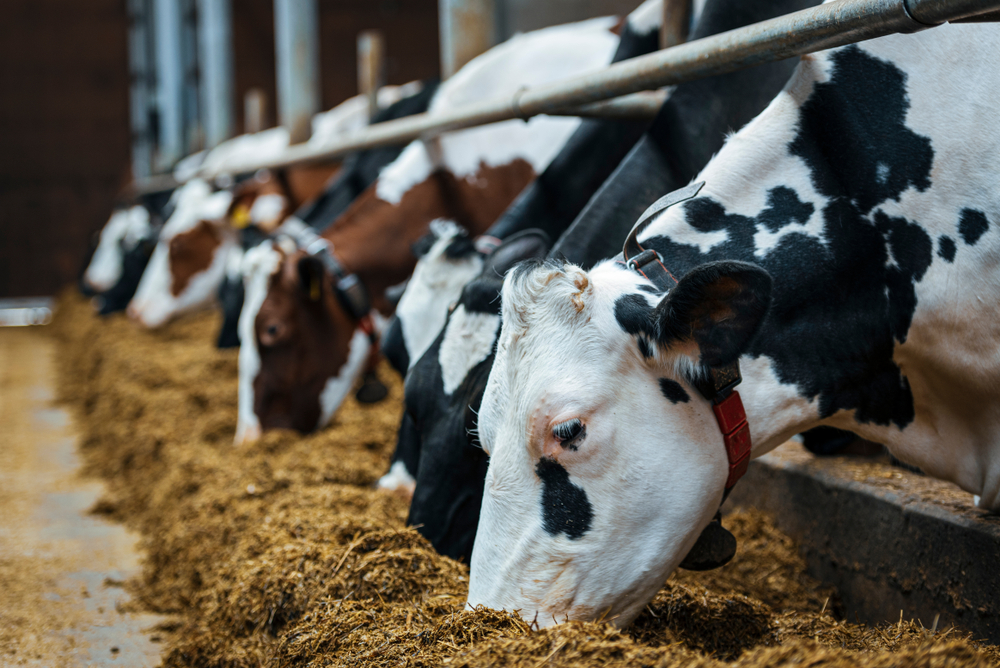Exploring the Booming Coconut Beverage Market
The global coconut beverages market, worth USD 7.25B in 2023, will surpass USD 14.81B by 2029 (12.91% CAGR), driven by health-conscious consumer preferences.
1.jpg)
The pet food market has seen exponential growth in recent years. This surge is driven by increased pet ownership, the humanization of pets, and a greater awareness of pet health and nutrition. With more pet owners treating their furry companions as members of the family, the demand for high-quality, nutritious, and varied pet food options has skyrocketed. This blog delves into the latest trends in the pet food market, examining how they impact consumers, manufacturers, and retailers, and what the future may hold for this burgeoning industry.
Recent years have witnessed a significant shift towards premium and organic pet food products. Consumers are becoming more aware of the ingredients in their pets’ food and are willing to spend more on high-quality, nutrient-rich options. Additionally, there's a growing trend towards specialized pet diets, such as grain-free, raw, and freeze-dried options. These diets claim to offer health benefits, ranging from improved digestion to shinier coats and increased energy levels. Pet food manufacturers are capitalizing on this trend, launching new products that cater to these specialized needs. Online sales of pet food have also surged, fueled by the convenience of home delivery and a wider selection of products available through e-commerce platforms. Retailers are investing heavily in their online presence and logistics to meet this growing demand.
The rise in demand for premium and specialized pet food has significant implications across the industry. For manufacturers, there's an increased focus on research and development to innovate and create new products that meet consumer expectations. This means more investment in quality ingredients, sustainable sourcing, and transparent labeling. For consumers, this trend translates into greater choice and, often, higher costs. However, the perceived health benefits and the desire to provide the best for their pets justify this spending. Retailers are also adapting by expanding their premium and organic pet food offerings, both in physical stores and online. One challenge that arises from this trend is the need for regulatory oversight to ensure quality and safety standards are maintained. As the market grows, so does the risk of counterfeit or substandard products entering the supply chain, posing potential health risks to pets.
In the realm of pet food products, dry food continues to dominate the market due to its convenience, affordability, and long shelf life. However, wet food and treats are gaining traction, driven by consumer preferences for variety and indulgence. One of the leading product types in this sector is organic and natural pet food. These products are often free from artificial preservatives, additives, and genetically modified organisms (GMOs). The demand for organic pet food is driven by the growing awareness of the health benefits associated with a natural diet and concerns over the long-term effects of synthetic ingredients. Several drivers and opportunities are steering this segment. Firstly, pet owners are increasingly treating their pets as family members, which fuels demand for higher-quality food. Secondly, rising disposable incomes in emerging markets allow for greater spending on premium pet products. Lastly, the trend towards sustainable and eco-friendly products opens new avenues for growth in the organic pet food segment.
Looking ahead, the future of the pet food market appears robust and full of innovation. One emerging trend is the incorporation of functional ingredients, such as probiotics, antioxidants, and omega fatty acids, which offer targeted health benefits. Another area of growth is personalized pet nutrition, where diets are tailored to an individual pet's specific needs based on factors like age, breed, and health conditions. The use of advanced technologies, such as artificial intelligence (AI) and blockchain, is also set to revolutionize the pet food industry. AI can be used to develop customized pet food formulations, while blockchain ensures transparency and traceability in the supply chain. To adapt to these trends, businesses should invest in research and development to stay ahead of market demands. Consumers can benefit from staying informed about the latest products and trends to make the best choices for their pets. Retailers, too, need to enhance their online and offline presence to offer a seamless shopping experience for pet owners.
See how you can up your career status

The global coconut beverages market, worth USD 7.25B in 2023, will surpass USD 14.81B by 2029 (12.91% CAGR), driven by health-conscious consumer preferences.

The global functional food market is forecast to reach USD 405 billion by 2030, expanding at a 6.46% CAGR from USD 279.21 billion in 2024, driven by the clean-label food trend.

The global rice market is projected to reach USD 367.69 billion by 2030, up from USD 308.87 billion in 2024, growing at a CAGR of 3.01%.

The Cattle Feed market is anticipated to cross USD 100 Billion by 2029, increasing from USD 84.71 Billion in 2023. The market is expected to grow with a 3.45% CAGR from 2024 to 2029.
 We are friendly and approachable, give us a call.
We are friendly and approachable, give us a call.